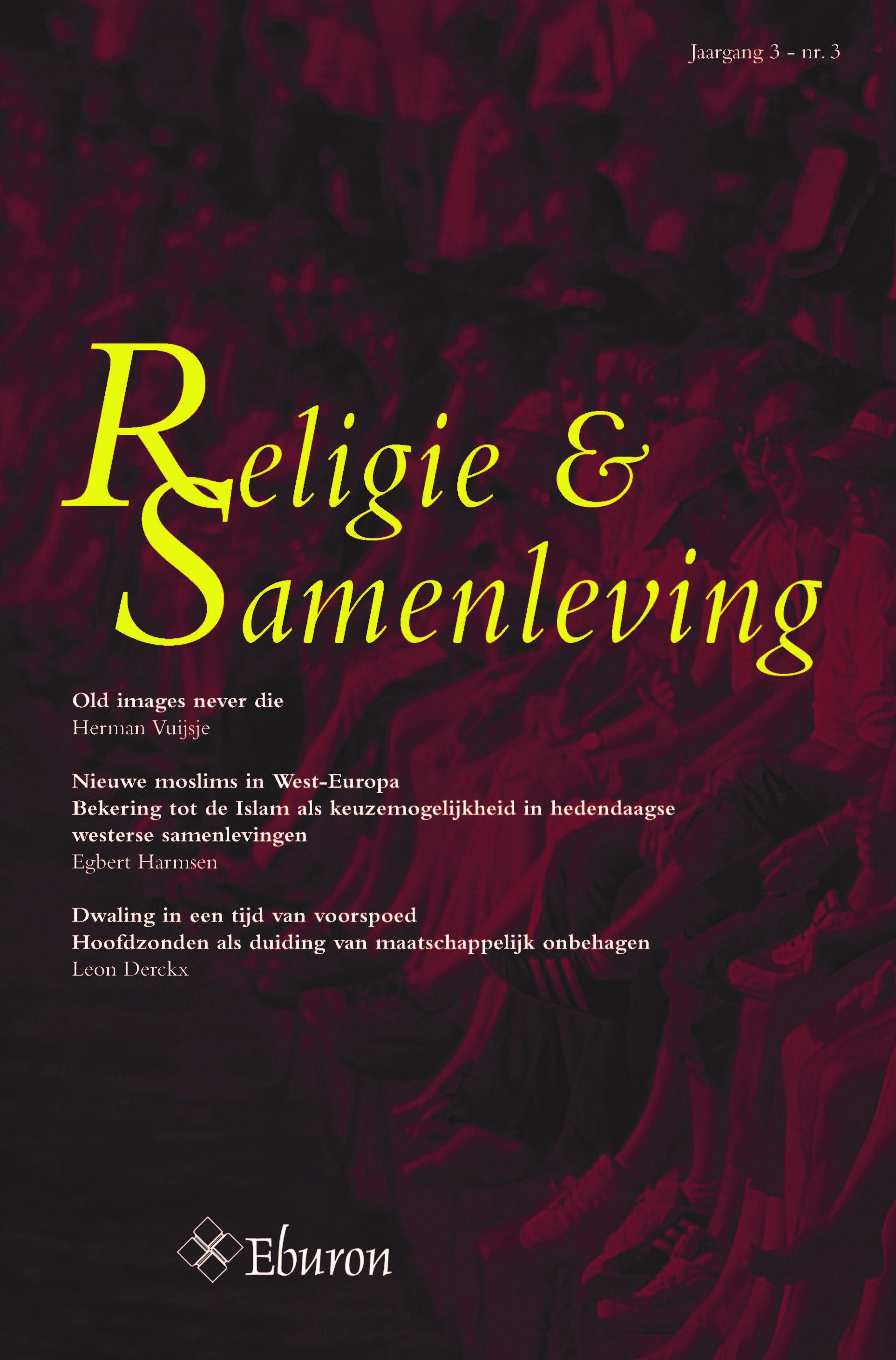Old images never die
DOI:
https://doi.org/10.54195/RS.13151Samenvatting
The author ventures to undertake a ‘sociology of the sociology of religion’ with regard to Western Europe. Developments in this part of the world seem to contradict the general validity of the desecularization thesis. At the other hand, it is also questionable whether secularization proceeds. In this part of the world, spiritual and supernatural beliefs have become so individualized and so blurred that it is hardly possible to make unambiguous statements about them. The author suggests that, rather than a secularization or a desecularization thesis, a ‘blurring thesis’ could yield insight. Traditional, well-defined religious beliefs give way to diffuse and flexible images, while at the same time many people without formal religious affiliation feel ‘there must be something more between heaven and earth’. The author offers the hypothesis that these developments will result in a convergence of various world views, till the point where the difference between religious and nonreligious views, between God and non-God, loses its meaning and its significance. In Western Europe, the author suggests, God is like an old soldier: he doesn’t die but fades away. If this is true, sociologists of religion have a problem: how can they mark out their area of investigation if it is losing its well-defined boundaries? The author discusses and criticizes various attempts to draw new boundaries and confesses he cannot offer a feasible solution himself either.




